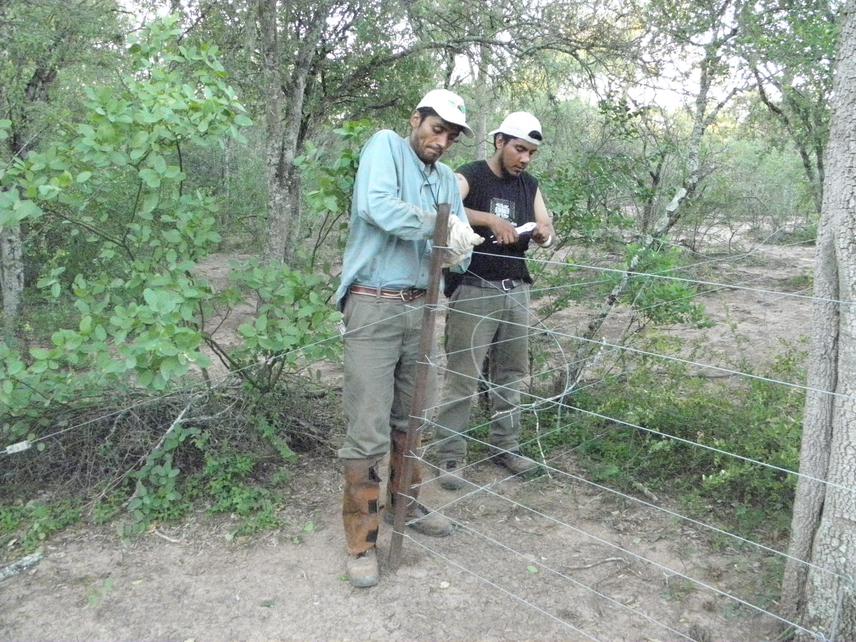Carolina Beatriz Trigo
The research project will be carried out in National Park Copo (114250 ha, Santiago del Estero, Argentina) within the Western Chaco, known as semiarid Chaco.

Our Project aims at generating scientific information base to enable Argentine National Park management authorities and cattle breeding holders in National Park Copo (Santiago del Estero State, Argentina) to make suitable sustainable management decisions related to the cattle breeding activity. In this Park extensive cattle breeding is carried out without any kind of management, aerial net primary productivity (ANPP) and cattle carrying capacity estimation have not been practiced as yet. The ANPP is a potential ecological indicator of the ecosystem functioning and a basic data provider for the planning and management of natural resources.
Therefore, knowing the ANPP is essential to the estimation of the cattle carrying capacity, i.e., “maximum animal density which may be sustained at certain production level without resource deterioration,” which is undoubtedly an important datum on proposing the sustainable management of the forest resources in National Park Copo. Understanding temporal and spatial changes of ANPP can help enhance the ecosystem response predictions, since it provides information on the energy flows in natural integral systems. Thus, the ANPP is an integrating variable of the ecosystem working due to its relation to the animal biomass and the secondary production (herbivore consumption and productivity is positively correlated to the ANPP).
The effect of cattle on vegetation in relation to the stocking rate represents the management variable with greater impact on how a natural system works since high rates can bring about negative effects in the system regeneration and structure. Chaco native forests current preservation is worrying because of the advance of the agricultural and cattle breeding frontier bound up with speedy biodiversity degradation. That is why it is of the greatest importance to generate a serious and reliable information base as to how much biomass is produced by the environment to be able to assess the cattle carrying capacity of the ecosystem. In order to inform the community we intend to carry out workshops with the local community, park rangers, other researchers and staff working in the area who will take part in this project in order to agree on suitable management practices compatible both with the native forest preservation and the financial profit derived from cattle breeding. We will try to build an efficient tool for the management of native forest resources, integrating ecological knowledge of the ANPP and biodiversity preservation with the urgent local needs for a sustainable cattle breeding plan.